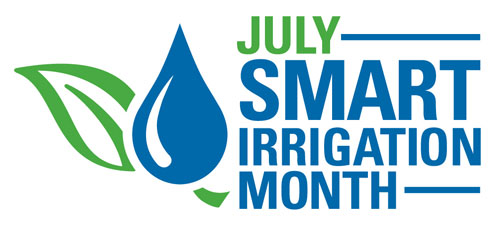Smart Irrigation Month 2016
According to the experts, most homeowners and property managers over water by up to 30%!
July is Smart Irrigation Month and is typically the month of highest water demand for lawns and landscapes. Smart Irrigation Month is an Irrigation Association initiative to increase public awareness about simple practices and innovative technologies Long Island homeowners and businesses can use to:
1. Save money on water usage
2. Conserve water and protect the community’s water supply
3. Reduce runoff
4. Reduce nutrient loss
10 Tips to Save Water & Money
- Keep your sprinkler system tuned up and ready by turning your sprinklers on in the spring and winterizing in the fall.
- Upgrade your system with water saving equipment. Consider replacing 10+ year old sprinkler systems with more efficient equipment such as smart controllers, climate sensors, high efficiency sprinkler heads and nozzles and drip irrigation.
- Use programmable controller and or smart controller. Check the controller for start time(s) – it should be early morning. Watering days should be every other day or odd/even if your water district requires.
- Install a rain sensor or upgrade to a climate sensor. A climate sensor will automatically adjust the duration of the run times of each water cycle by measuring temperature and sunlight and then increase or decrease the run time for each zone. Check to make sure your rain sensor is working. Make sure that it is in the ‘active’ position on the controller and not on ‘bypass’ setting.
- Use low volume drip irrigation for shrub beds and border plantings. Drip irrigation is highly efficient and has very low maintenance costs.
- Fertigate! Incorporate fertigation into your landscape maintenance program. Fertigation increases the fertility of soil and soils of high fertility hold more water and make for better healthier plants.
- Maintain your sprinkler system regularly. Look for sprinkler heads that are blocked by overgrowth of grass, shrubs, and vegetation. Check to make sure each sprinkler head pops up, rotates and is level in “off” position.
- Use plant material that is indigenous to your area.
- Have your sprinkler system “audited” to determine where improvements can be made. Audits usually pay for themselves.
- Keep your system updated. Make repairs as required. The cost of repairs or replacements will be much less than the cost of water wasted.
To learn more about improving your sprinkler systems call 631.423.2211 or click here to contact us.
